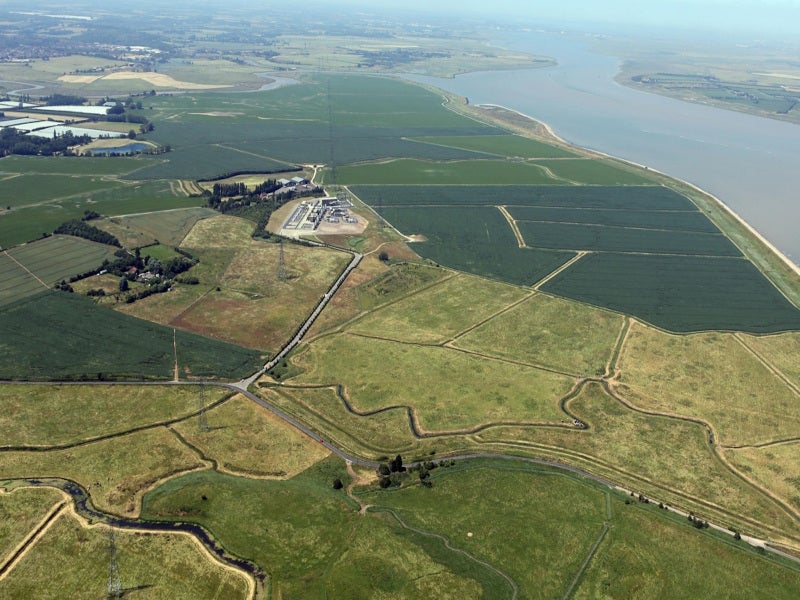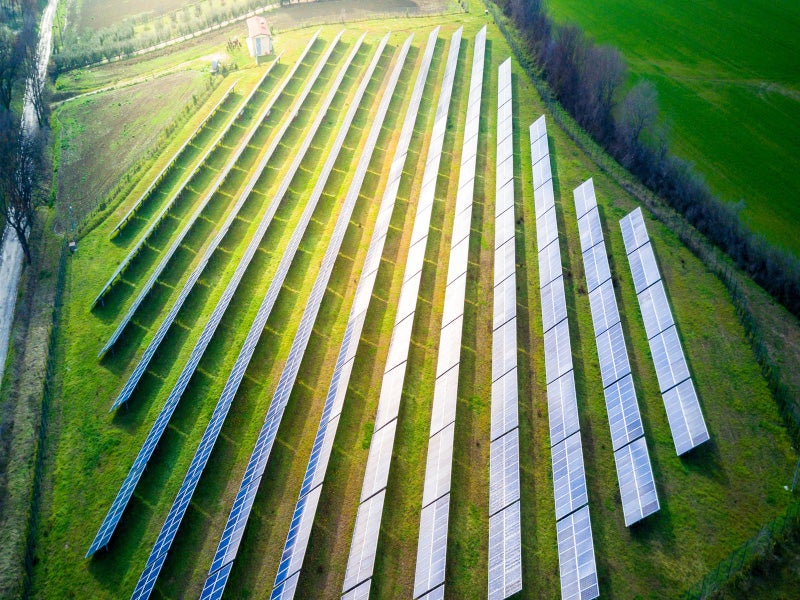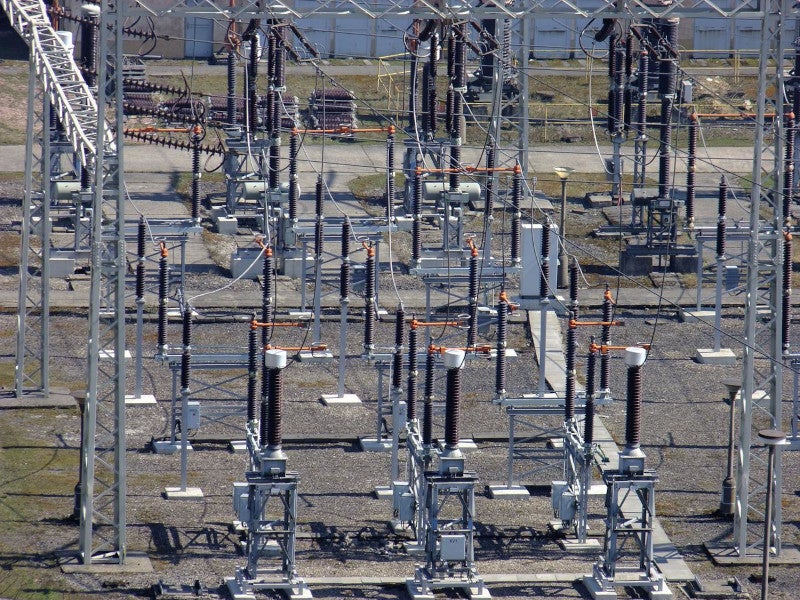Project Fortress is a 350MW solar power generation and battery storage facility under development in Kent, UK. It was previously known as Cleve Hill Solar Project.
Hive Energy and Wirsol Energy were the developers of the project before Quinbrook Infrastructure Partners acquired it in October 2021. Following the acquisition, Quinbrook renamed it Project Fortress.
The UK Secretary of State for Business, Energy and Industrial Strategy (BEIS) granted development consent to the solar and battery project in May 2020. It was also awarded a Nationally Significant Infrastructure Project (NSIP) status.
Construction on Project Fortress is expected to commence by the end of 2022. The project is anticipated to become the largest single-site solar photovoltaic (PV) installation in the UK, upon entering into operations.
At full capacity, Project Fortress is estimated to produce enough electricity to meet the annual power consumption needs of approximately 100,000 homes in the UK. In addition, the project is expected to offset 164,450 tonnes of carbon emissions in its first year of operations.
The solar and battery storage project was awarded a 15-year Contract for Difference (CfD) by the UK government in the auction round conducted in July 2022.
Location and site details
The Project Fortress solar and battery storage project will be located in the administrative districts of Swale Borough Council and Canterbury City Council on the north Kent coast, UK.
Covering a total area of 900 acres, the project site lies 2km northeast of Faversham, 5km west of Whitstable and in proximity to the village of Graveney.
Project Fortress details
The Project Fortress development will include the installation of solar photovoltaic modules, energy storage facility and an electrical connection infrastructure, including a substation.
The plant is expected to feature around 880,000 solar panels, which will be installed in the East-West direction for maximum output.
The energy storage facility consisting of lithium batteries will be used to store and distribute the electricity produced by the solar plant.
A substation will be installed in a flood protection bund, with a connection to the array, the energy storage facility and an existing substation, through a network of underground cable circuits.
Power evacuation
The electricity generated by Project Fortress will be evacuated into the National Electricity Transmission System (NETS), operated by National Grid Electricity Transmission (NGET), through the existing 150/400kV Cleve Hill substation located adjacent to the project site.
Located near the village of Graveney, Cleve Hill substation serves the 630mW London Array offshore wind farm, off the north Kent coast in the Outer Thames Estuary, UK.
Contractors involved
ABS Group was selected by Quinbrook to deliver natural hazards risk management support for Project Fortress in March 2022. The contract consisted of a Natural Catastrophe (NatCat) Probable Maximum Loss (PML) and Maximum Foreseeable Loss (MFL) study to support investment and insurance placement decisions on the project.
Arcus Consulting was contracted by Wirsol and Hive Energy for planning and development consent order (DCO) co-ordination, submission of full environmental impact assessment, and assessment of landscape, ecology and flood risks.
Gateley Hamer was engaged to offer all land agency and land referencing services for the DCO application.
Norton Rose Fulbright was engaged to provide advisory services to Quinbrook on the acquisition of the Cleve Hill solar and storage project, whereas DLA Piper was the advisor to Hive Energy on the sale.
Pinsent Masons was contracted to assist in securing NSIP status for Cleve Hill Solar Park.
Fichtner was selected as the preconstruction technical advisor for the solar and energy storage project.





